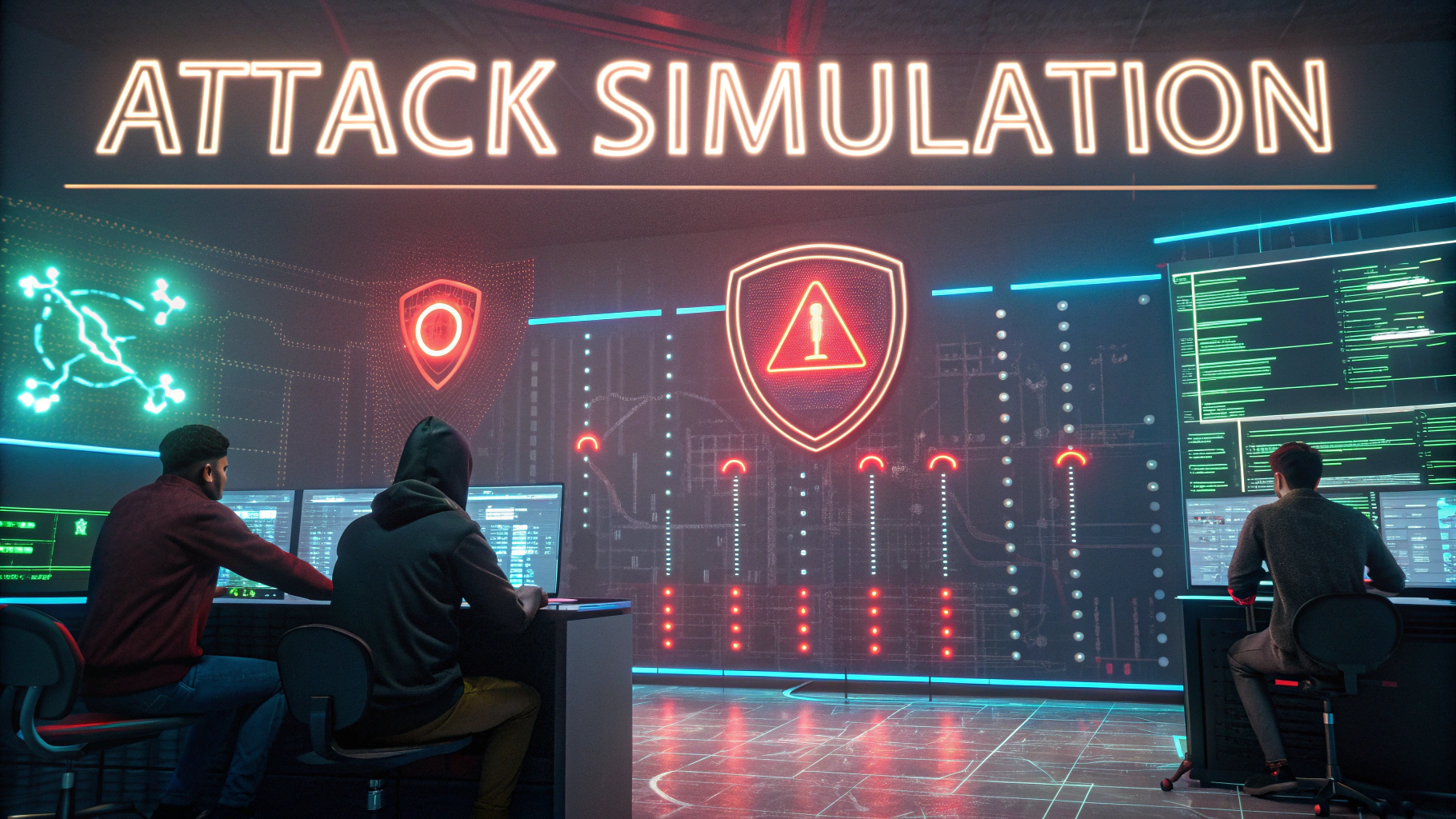Feedback loops in penetration testing represent the continuous cycle of testing, analyzing, and improving security measures to protect systems and networks.
Understanding these loops helps security professionals identify vulnerabilities faster and implement more effective security controls.
This guide covers the essential components of feedback loops in penetration testing and provides practical steps to implement them effectively.
Core Components of Feedback Loops
- Initial Assessment
- Testing Execution
- Results Analysis
- Implementation of Changes
- Verification Testing
Setting Up Effective Feedback Mechanisms
Each penetration test should have clear documentation templates for reporting findings and tracking remediation progress.
Security teams need to establish communication channels between testers, developers, and system administrators.
Real-Time Analysis Tools
- Burp Suite Professional – https://portswigger.net/burp
- Metasploit Framework – https://www.metasploit.com/
- Nessus – https://www.tenable.com/products/nessus
Implementing Continuous Testing
Set up automated scanning tools to run at regular intervals, focusing on high-risk areas.
Configure alerts for new vulnerabilities that match your system’s profile.
| Testing Frequency | Asset Type | Risk Level |
|---|---|---|
| Daily | External-facing systems | High |
| Weekly | Internal critical systems | Medium |
| Monthly | Non-critical systems | Low |
Measuring Success
- Time to detect vulnerabilities
- Time to patch identified issues
- Number of false positives
- Coverage of testing across systems
Common Challenges and Solutions
Challenge 1: Information overload from multiple testing tools
Solution: Implement centralized logging and prioritization systems.
Challenge 2: Delayed remediation response
Solution: Create automated ticketing workflows with clear SLAs.
Challenge 3: Resource constraints
Solution: Focus on risk-based testing and automation of routine checks.
Next Steps for Better Security
Review your current testing processes and identify gaps in feedback collection.
Implement automated tools for continuous monitoring and regular reporting.
Schedule regular reviews of feedback loop effectiveness and adjust processes accordingly.
Contact [email protected] for specific guidance on implementing feedback loops in your organization.
Documentation and Reporting
Standardize documentation practices across all penetration testing activities to maintain consistency and clarity.
Create detailed reports that include:
- Executive summaries for stakeholders
- Technical details for implementation teams
- Risk ratings and priorities
- Remediation recommendations
Integration with Development Lifecycle
DevSecOps Implementation
Incorporate security testing into CI/CD pipelines to catch vulnerabilities early in development.
Automated Security Gates
Establish security checkpoints that must be cleared before code deployment.
Team Collaboration and Training
- Regular security awareness sessions
- Cross-team workshops
- Incident response drills
- Knowledge sharing platforms
Strengthening Your Security Posture
Building effective feedback loops in penetration testing requires commitment from all stakeholders and continuous refinement of processes.
Key takeaways for maintaining robust security:
- Maintain consistent testing schedules
- Keep documentation updated and accessible
- Leverage automation where possible
- Foster communication between teams
- Regularly evaluate and adjust security measures
FAQs
- What is a feedback loop in penetration testing?
A feedback loop in penetration testing is a continuous process where findings and results from security tests are used to improve and refine future testing methodologies and security measures. - How does a feedback loop improve the penetration testing process?
Feedback loops enhance penetration testing by documenting successful attack vectors, failed attempts, and system responses, which helps in developing more effective testing strategies and identifying patterns in system vulnerabilities. - What are the key components of an effective penetration testing feedback loop?
The key components include detailed documentation of findings, analysis of results, communication with stakeholders, implementation of remediation measures, and validation of fixes through retesting. - How often should feedback loops be implemented in penetration testing?
Feedback loops should be implemented continuously throughout the penetration testing process, with formal reviews after each testing phase and major finding discovery. - What role do automated tools play in penetration testing feedback loops?
Automated tools help maintain consistent testing procedures, track changes over time, document results systematically, and provide quick validation of fixes, enhancing the feedback loop’s efficiency. - How can feedback loops help in vulnerability management?
Feedback loops assist in prioritizing vulnerabilities, tracking remediation efforts, validating fixes, and ensuring that similar vulnerabilities are not reintroduced in other parts of the system. - What metrics should be tracked in a penetration testing feedback loop?
Important metrics include time to detection, time to remediation, vulnerability severity levels, success rates of exploits, false positive rates, and system coverage percentages. - How do feedback loops contribute to continuous security improvement?
Feedback loops enable organizations to learn from past security assessments, refine their security controls, improve their incident response procedures, and maintain an up-to-date understanding of their security posture. - What documentation should be maintained for effective feedback loops?
Documentation should include detailed test cases, vulnerability reports, exploitation methods, remediation recommendations, validation results, and historical trending data. - How can feedback loops help in compliance and audit requirements?
Feedback loops provide documented evidence of security testing efforts, remediation activities, and continuous security improvements, which are often required for compliance audits and regulatory requirements.








